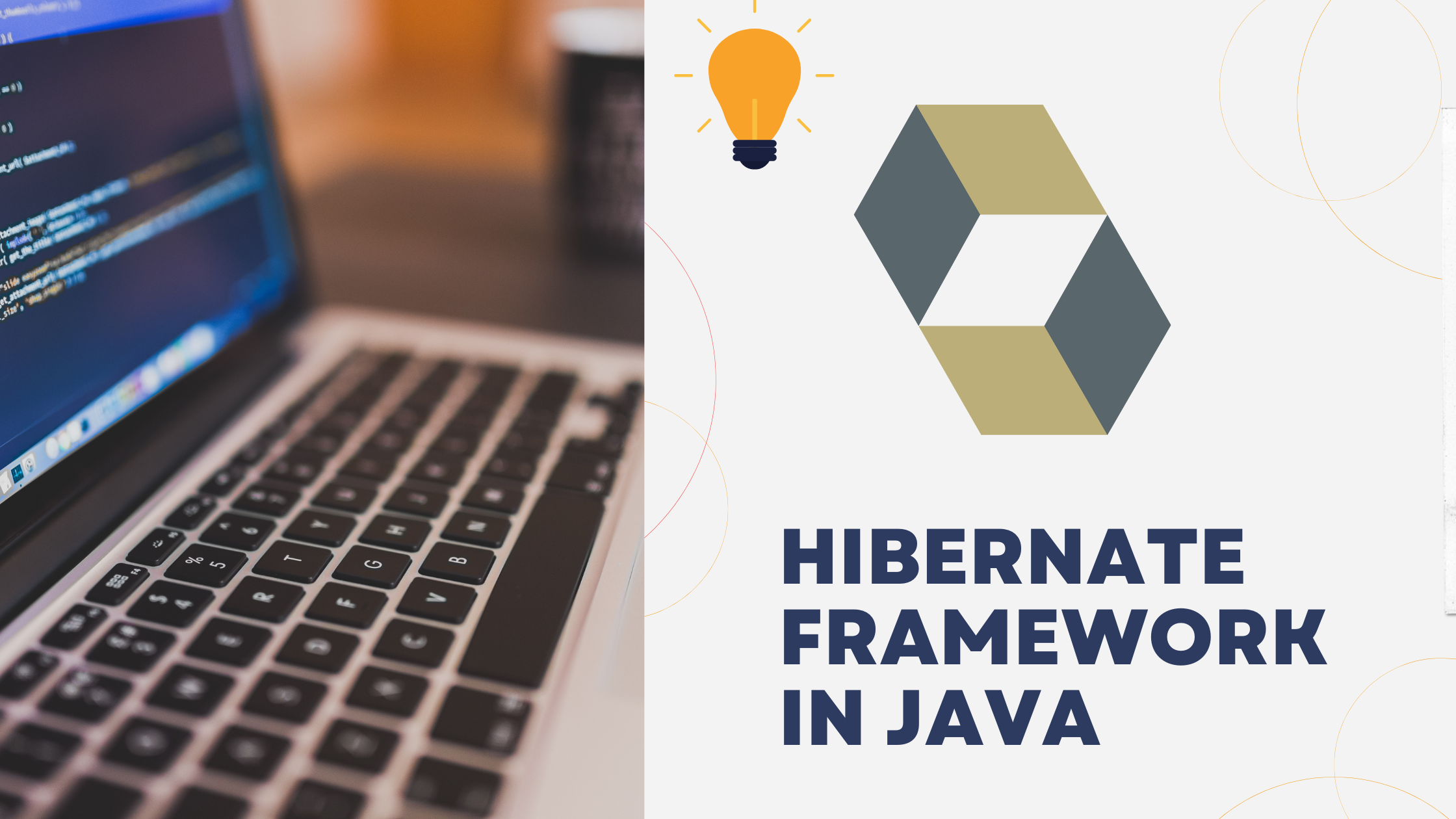
16
AugustWhat separates JPA and Hibernate from one another?
We will discuss the distinctions between the Java Hibernate and JPA frameworks and their types in this article in an approachable manner for beginners. Hibernate is one of the most well-liked Java frameworks. Enter the subject now.
Java's JPA vs. Hibernate
Java Persistence API is referred to as JPA (Application Programming Interface). On May 11, 2006, it was initially made accessible. This Java specification provides certain functionality and a standard for the ORM tools. It allows users to examine, manage, and preserve data between Java objects and relational databases. It is considered to be a standard Object Relational Mapping methodology.
It serves as a link between an object-oriented paradigm and a relational database system. JPA is a Java specification, hence it cannot run on its own. As a result, it must be applied. Because of this, JPA's needs for data persistence are implemented by ORM tools like Hibernate. The javax.persistence package for data persistence contains the JPA classes and interfaces.
Let's discuss a few of the primary JPA traits, which are as follows:
1. JPA is only a specification; it is not an implementation.
2. It is a collection of guidelines and suggestions for designing interfaces for the implementation of object-relational mapping.
3. A select number of classes and interfaces are needed.
4. It provides integrated, simpler, and easy-to-use object-relational mapping.
5. It supports polymorphism and inheritance.
6. Named and dynamic queries are supported by JPA.
A conversation structure must now be included. As you could have imagined, hibernation. It is an Object Relational Mapping (ORM) Java framework that is open-source, lightweight and makes it simpler to create full Java applications that interact with databases. It is used to save Java objects in the relational database system.
The main job of Hibernate is to transform Java classes into database tables.
These are some of the key attributes of Hibernate:
1. Hibernate implements the JPA standard.
2. It makes it easier to translate Java data types into SQL data types.
3. It contributes to JPA.
At this point, you must be wondering why JPA is required. So let's talk about the necessity for JPA before we get into their disagreements and start getting into heated debates. As was just said, JPA is a specification. It offers a prototype and standard functionality for ORM tools. All ORM tools, including Hibernate, conform to the same standards by following the same specification. As a result, it won't be too difficult for us to change the ORM tool for our application.
We have now covered both the underlying ideas and the circumstances in which they operate. Let's quickly go over the differences between JPA and hibernating to wrap up the article. This is accurate because JPA only exists as a standard with no implementation.
We can annotate classes as much as we want using JPA, but without implementation, nothing will happen. Hibernate is the JPA implementation code that unifies the API as defined by the JPA specification and offers anonymous functionality if JPA were the standards to be followed.
JPA and Hibernate differ in the ways listed below:
JPA:
1. JPA is described in the javax.persistence package.
2. It is not a death sentence. There is only one Java standard.
3. Database operations are made possible through a widespread API.
4. It uses the object-oriented query language Java Persistence Query Language (JPQL) to perform database operations.
5. To interact with the entity manager factory for the persistence unit, it uses the EntityManagerFactory interface. As a result, it provides an entity manager.
6. To create, read, and remove actions for instances of mapped entity classes, it makes use of the EntityManager interface. This interface has a relationship with the persistence condition.
Hibernate:
1. Information on Hibernate can be found in the org.hibernate package.
2. The Object-Relational Mapping (ORM) tool Hibernate is used to store Java objects in relational databases.
3. Hibernate is a JPA implementation. As a result, Hibernate complies with the JPA-established common standard.
4. Using this, SQL data types and database tables are translated into Java data types.
5. It uses the object-oriented query language Hibernate Query Language (HQL) to perform database operations.
6. To create Session objects, it makes use of the SessionFactory interface.
7. To add, read, and remove actions for instances of mapped entity classes, it makes use of the Session interface. It functions as a runtime interface for Java and Hibernates applications.
Conclusion:
The biggest difference between Hibernate and JPA is that Hibernate is a framework while JPA is a collection of API guidelines. Hibernate implements each and every recommendation made by the JPA.
